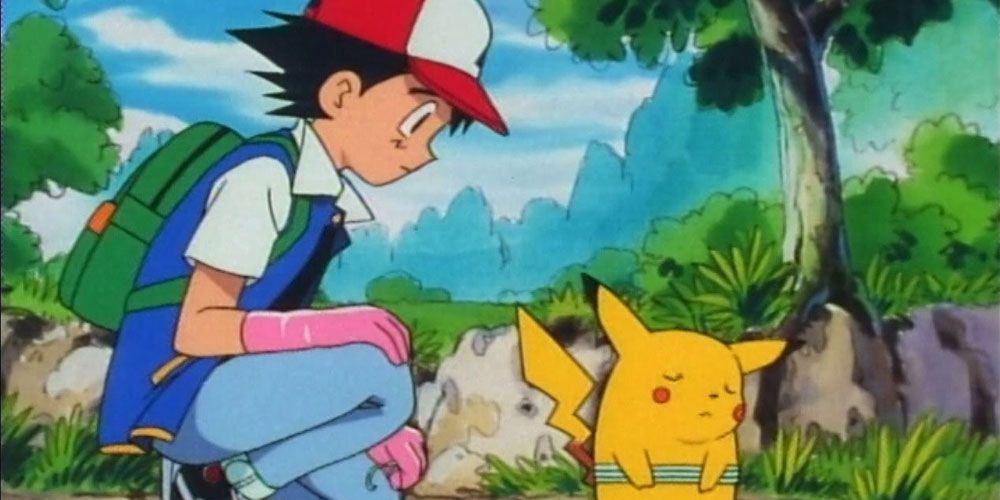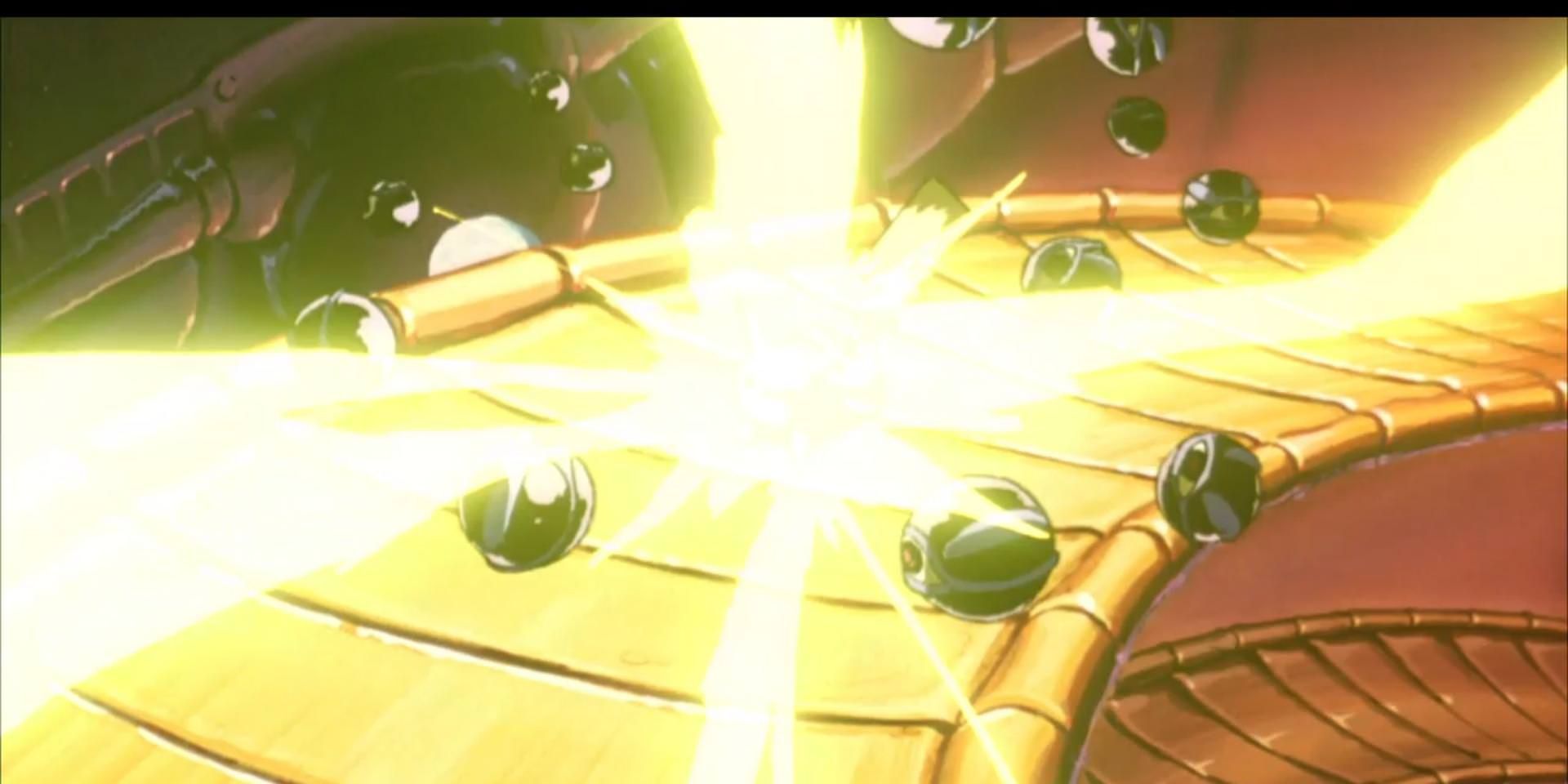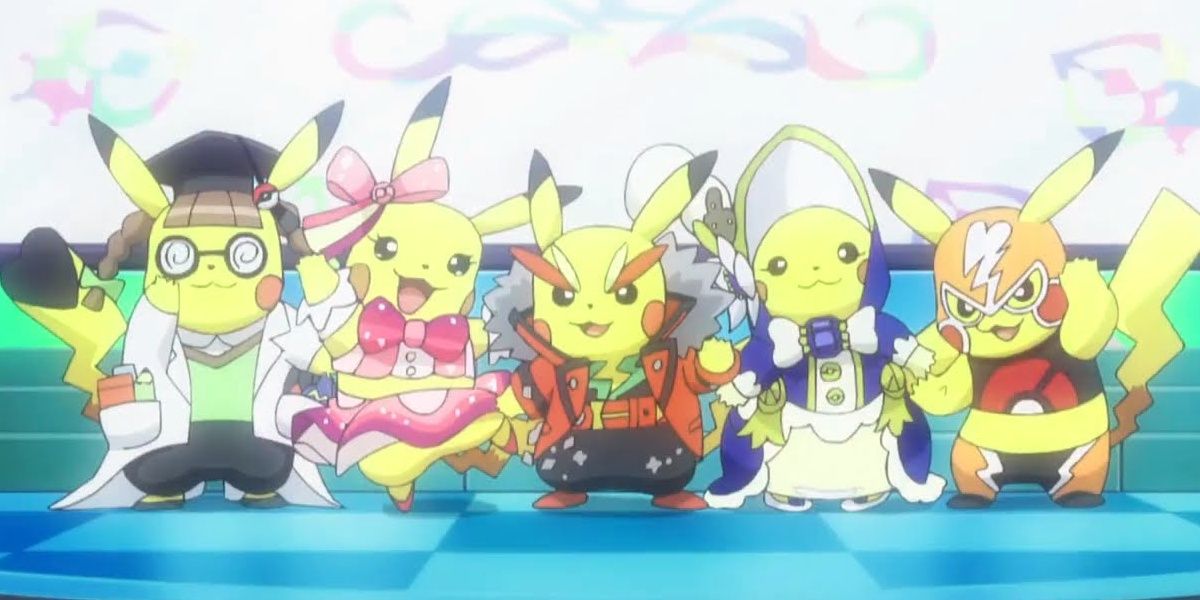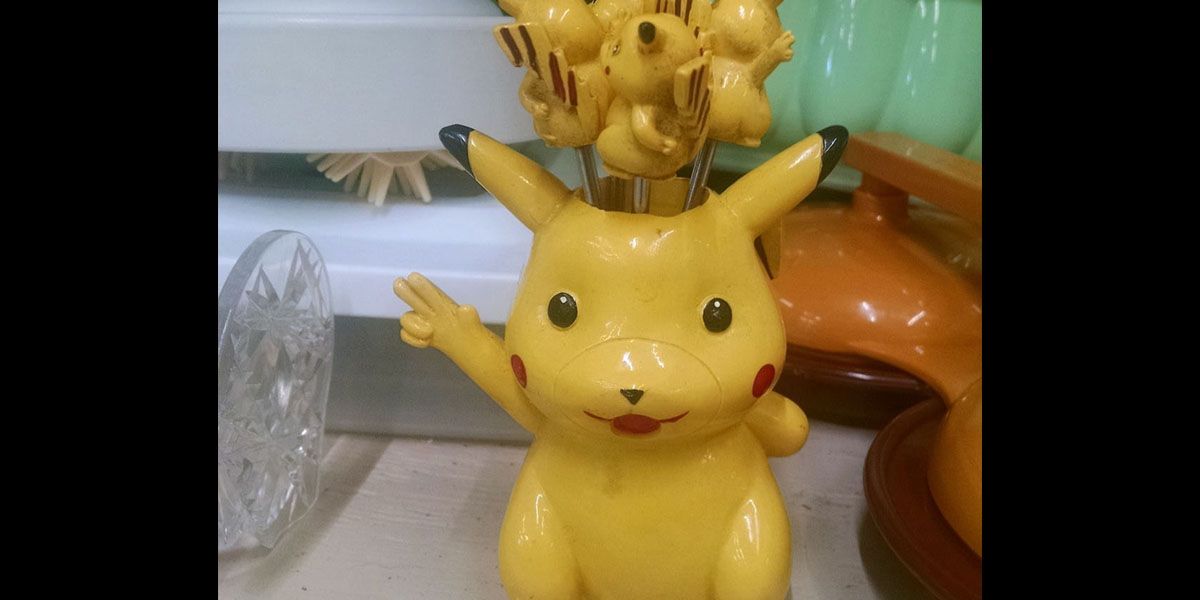Many people grew up with Pokemon starting in the late 90s. Many of them have fond memories of watching anime, playing games, collecting cards, and owning all kinds of merchandise. However, for some reason, a significant number of fans in this age group also clearly remember Pikachu as having a black-tipped tail.
Obviously, the tip of Pikachu’s tail is yellow. Despite this, there are so many ’90s kids who will swear they remember seeing Pikachu’s tail with a black tip. Some have even photoshopped and fan art what they thought the tail looked like. There are many possible reasons for this false memory, as well as inclusions in the franchise from Generation I that feed into it. To better understand what led to this misunderstanding of everyone’s favorite electric mouse, here’s a closer look at the facts and theories.
How is Ash’s Pikachu?

Ash’s Pikachu looks just like any other male Pikachu. His eyes are black and shiny. He has long, pointed, black-tipped ears. The iconic bags on his cheeks are round and red. It has two brown horizontal stripes on its back and a brown lightning bolt-shaped base on its tail. The rest of its features are meant to resemble a mouse. If any of these features could fool people into thinking there is a black-tipped tail, it would have to be the accompanying black-tipped ears.
Certainly, there are characteristics of Pikachu that have disappeared over time. For one thing, it used to be much chubbier, but it has slimmed down in recent generations. He also used to have a white muzzle, though this was more apparent on merchandise outside of the anime. His tail was thinner and more serrated in some images. However, none of these features would lead fans to believe that Pikachu has a black tail.
Did Ash’s Pikachu ever have a black tail?

Pikachu’s tail was never black. It may have been seen with tail shadow from time to time, but it was never actually black. It was always completely yellow except for the brown patch at the base.
The only real exception to this was when Pikachu was a Pichu. Since Pichu’s tails are naturally all black, Pikachu’s tail should have technically been black at this point. However, Pikachu was not shown as a Pichu until pokemon tripswhich didn’t start airing until late 2019. Even if this fuels modern misconceptions, it still wouldn’t explain why ’90s kids thought Pikachu had a black tail.
What about the Pikachu cosplay?

Cosplay Pikachu is a special variation of Pikachu introduced in 2014. pokemon omega ruby Y Alpha Sapphire. They were female Pikachu with unique outfits and moves that Pikachu can’t normally learn, such as Icicle Crash and Flying Press. They were designed with the intention of being used in the Contests of the games, so they probably cannot be transferred to other games in the main series.
Excluding outfits, Cosplay Pikachu has a unique tail to distinguish it from other Pikachu. It has the heart-shaped notch of other female Pikachu, but it also has a distinctive black tip. Unfortunately, since this Pikachu didn’t debut until 2014, it can’t be responsible for the ’90s kid misconception either.
Why do so many people think that Pikachu has a black tail?

Pikachu’s alleged black tail is often attributed to the Mandela Effect. This is a phenomenon where several different people similarly recall a past event that never happened. A popular example of this is people assuming Darth Vader said, “Luke, I’m your father,” when the actual line is “no, I’m your father.” In the case of Pokémon, Pikachu’s black tail is a possible consequence of the Mandela effect.
If the Mandela effect theory is true, then the misconception may have been collectively reinforced. A child who thought Pikachu had a black tail might have “confirmed” the suspicion of him with a friend under the same misconception. Eventually everyone would be convinced it was true.
Another possible cause of the misconception is unbranded toys. Companies looking to cash in on the success of Pokémon could sell Pokémon-like toys with deliberately incorrect color palettes to avoid copyright infringement. Such changes would include something like a purple Aerodactyl or a black-tailed Pikachu.
The misconception could also come from the Pikachu sprite in Pokémon Red and Blue. In these games, Pikachu had a long, black tail tipped with a lightning bolt, not unlike Raichu’s. This might have been misremembered by children 90 years later as a black tipped tail.
read next
About the Author

